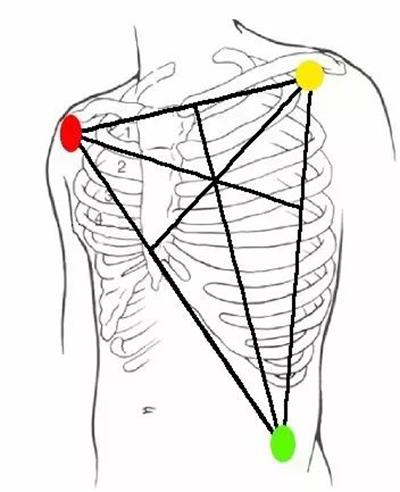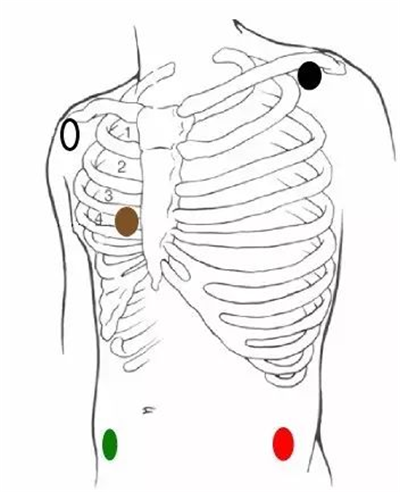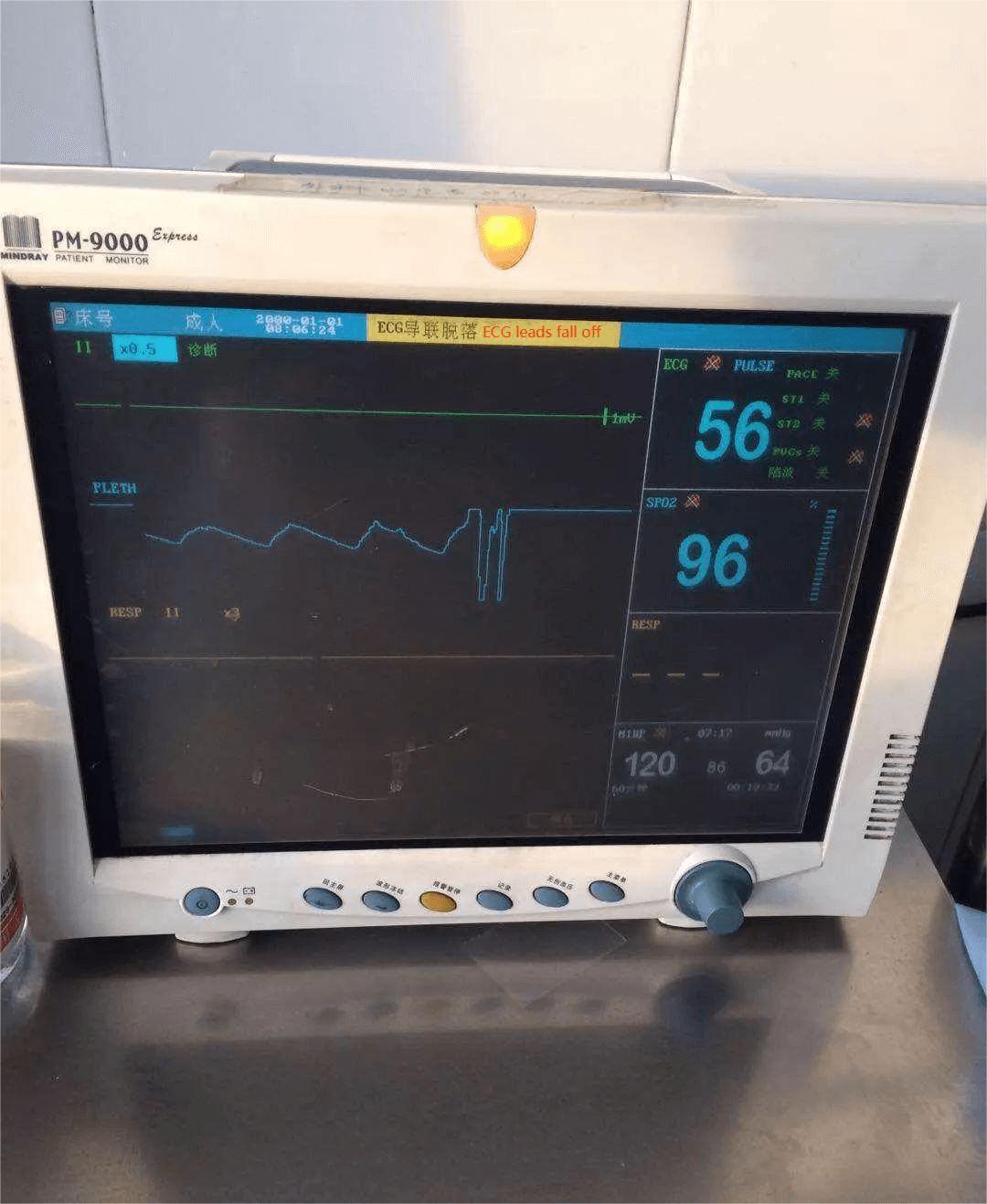Multi-parameter monitoring can provide important patient information for medical clinical diagnosis and monitoring. It detects important parameters such as ECG signals, heart rate, blood oxygen saturation, blood pressure, respiratory rate and body temperature in real time. It’s really common equipment in intensive care units (ICUs), operating rooms, emergency departments, and other healthcare settings.
What are the key points of operation that cannot be ignored, when you using patient monitor.
1) Why is it recommended to wear blood oxygen saturation finger cuffs first?
Because wearing a blood oxygen saturation finger cuff is much faster than connecting an ECG lead wire, the patient's pulse rate and blood oxygen saturation can be monitored in the shortest time, and medical staff can quickly complete the assessment of the patient's most basic signs.

2) Can the SpO2 finger cuff and blood pressure cuff be placed on the same limb?
Arterial blood flow will be blocked during blood pressure measurement, resulting in inaccurate blood oxygen saturation monitored during blood pressure measurement. Therefore, it is not recommended clinically that blood oxygen saturation finger cuffs and automatic blood pressure monitor cuffs be placed on the same limb.
3) What is the difference between 3-lead and 5-lead ECG leads?
A 3-lead ECG lead can only obtain an ECG in leads I, II, and III, while a 5-lead ECG lead can obtain an ECG in leads I, II, III, AVR, AVF, AVL, V.
In order to facilitate and quick connection, we use the color marking method to quickly paste the electrode pads at the corresponding positions. 3-lead ECG leads are color-coded red, yellow, green or white, black, red; 5-lead ECG leads are color-coded white, black, red, green, brown.
The positions of the electrode pads placed on the wires of the same color in the two specifications of leads are not the same. The use of English abbreviations RA, LA, RL, LL, and C to determine the position is more reliable than memorizing the color.


4) Each parameter has an alarm range, how to set it?
Principles of alarm setting: ensure the safety of patients, minimize noise interference, and do not allow the alarm function to be turned off, unless it can be temporarily turned off during rescue. The setting of the alarm range is not a normal range, but a safe range.
Alarm parameters: heart rate is 30% above and below the heart rate; blood pressure is set according to the doctor's order, the patient's condition and basic blood pressure; oxygen saturation is set according to the condition; the alarm volume must be heard within the nurse's working range; the alarm range should be at any time according to the situation Adjust and check at least once per shift.
5) What are the reasons why the ECG monitor displays no waveform?
① The electrodes are not pasted properly.
The display screen indicates that the leads have fallen off, which is due to the electrode pads not being pasted properly, or the electrode pads being rubbed off due to patient activity.
② Sweat, dirt
The patient sweats or the skin is not clean, and it is not easy to conduct electricity, which indirectly causes poor contact of the electrode pads.
③ The quality of cardiac electrodes
Some electrodes are improperly stored, expired or aging.
④ The connection method is incorrect
In order to save trouble, some nurses only use three-lead connection in the five-lead mode of the monitor, and there must be no waveform.
⑤ The ground wire is not connected
The ground wire plays a very important role in the normal display of the waveform.
Not having a ground wire is also a factor that causes the waveform not to appear.
⑥ Cable is aged or broken.
⑦ The position of the electrode pad is not correct
⑧The ECG board, the main control board connection line of the ECG board, and the main control board are faulty.

Post time: Jun-20-2023





